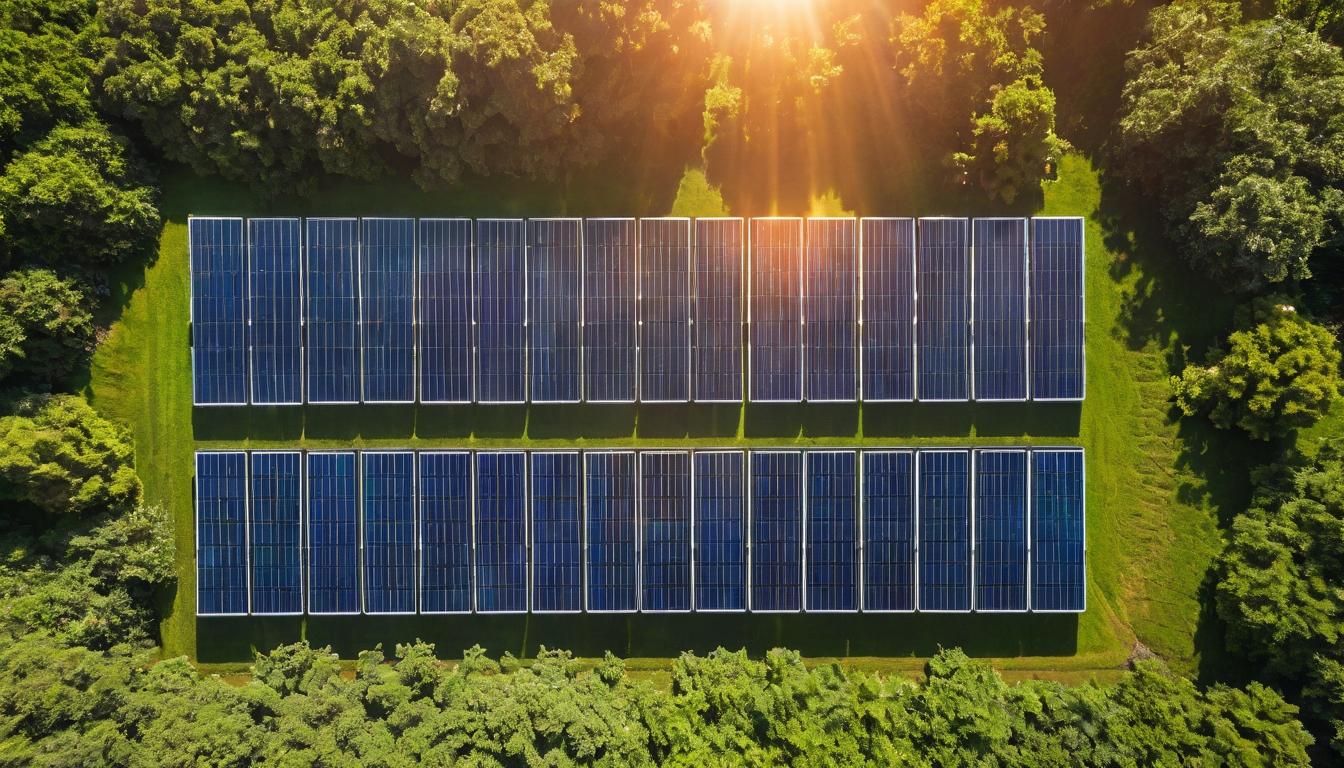Walking through the sprawling solar farms of California's Mojave Desert, you can't help but feel the quiet hum of transformation. These fields of glistening panels aren't just generating electricity—they're rewriting the rules of energy production while most of us aren't looking. The solar industry has evolved from a niche environmental statement to a mainstream power player, and the changes happening beneath the surface are more dramatic than most people realize.
What if I told you that the solar panels being installed today bear little resemblance to those of just five years ago? The efficiency gains have been staggering, with new materials and manufacturing techniques pushing conversion rates beyond what many experts thought possible. Companies are now producing panels that capture more sunlight in low-light conditions, perform better in high temperatures, and degrade at slower rates than ever before. These aren't incremental improvements—they're game-changers that make solar competitive with fossil fuels in markets where it previously couldn't compete.
The battery storage revolution has quietly become solar's perfect partner. While homeowners once had to send excess power back to the grid for pennies on the dollar, today's sophisticated storage systems allow them to bank that energy for when they need it most. The chemistry inside these batteries has evolved dramatically, with lithium-ion formulations becoming safer, more durable, and more cost-effective. But the real excitement lies in what's coming next: solid-state batteries, flow batteries, and even gravity-based storage systems that could make round-the-clock solar power a reality.
Community solar projects are democratizing access in ways that were unimaginable a decade ago. These shared solar gardens allow renters, apartment dwellers, and those with shaded roofs to participate in the clean energy transition. The model is simple but revolutionary: subscribers receive credits on their electricity bills for their portion of the power produced by a local solar array. It's solving the equity problem that has long plagued solar adoption, making clean energy accessible to households across the income spectrum.
Manufacturing innovations are driving down costs while improving quality. The shift to larger wafers and more automated production lines has created economies of scale that continue to surprise market analysts. Meanwhile, new panel designs incorporating bifacial technology—capturing light from both sides—are boosting output without requiring additional space. These manufacturing advances are happening globally, with supply chains adapting to geopolitical realities while maintaining the relentless downward pressure on prices.
The integration of artificial intelligence into solar systems is creating smart networks that optimize performance in real-time. Machine learning algorithms can predict cloud cover, adjust panel angles for maximum exposure, and manage energy distribution throughout a home or business. These systems learn patterns of energy usage and production, making micro-adjustments that add up to significant efficiency gains over time. It's the kind of behind-the-scenes intelligence that makes solar systems smarter with each passing day.
Floating solar farms are opening up new territory—literally. By installing panels on reservoirs, lakes, and other bodies of water, developers are solving the land-use challenge that often constrains large-scale projects. These aquatic arrays have the added benefit of reducing water evaporation while keeping panels cooler, which boosts their efficiency. From wine country reservoirs in California to hydroelectric dams in Brazil, floating solar is proving that sometimes the best real estate for energy production was hiding in plain sight.
Solar-plus-agriculture projects are showing how we can harvest food and energy from the same land. By elevating panels high enough for crops or livestock to thrive underneath, these dual-use installations are creating new revenue streams for farmers while preserving agricultural land. The panels provide shade that reduces water evaporation and protects plants from extreme heat, creating a symbiotic relationship between food production and energy generation. It's a elegant solution to the competition for land that often pits environmental goals against each other.
The regulatory landscape is evolving to keep pace with technological advances. Net metering policies are being refined to reflect the changing economics of solar, while new interconnection standards are making it easier for systems to connect to the grid. At the same time, building codes are increasingly incorporating solar-ready requirements, ensuring that new construction is prepared for the renewable energy transition. These policy shifts may not make headlines, but they're creating the framework for solar's continued expansion.
Looking ahead, the convergence of solar with other technologies promises even more dramatic transformations. Electric vehicle charging integrated with home solar systems, smart inverters that help stabilize the grid, and building-integrated photovoltaics that turn entire structures into power generators—these innovations point toward a future where energy production is decentralized, democratic, and seamlessly integrated into our daily lives. The solar revolution isn't coming; it's already here, quietly reshaping our energy landscape one panel at a time.
The solar revolution: how emerging technologies are reshaping our energy future

